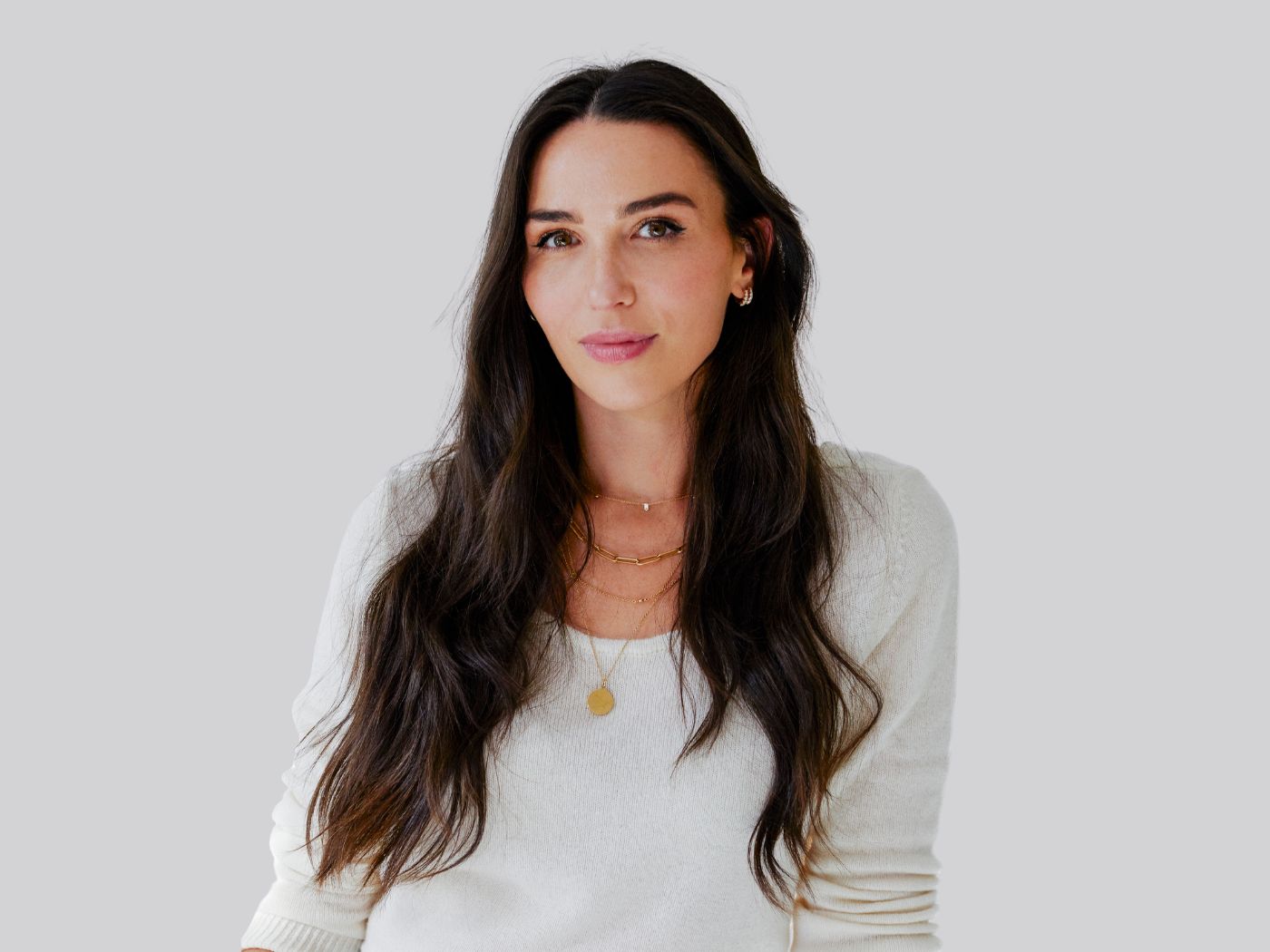Invisibobble, a new-age hair tie, is injecting newness and innovation in hair accessories with the goal of ultimately redefining and elevating the entire hair category.
Not many brand founders get their ‘aha’ moment attending a bad-taste party, one whose theme centers around the tacky and cheesy. But then again, not many company founders are 18-years-old when they start their business.
Sophie Trelles-Tvede, now 25, had the idea of wrapping a coiled telephone cord around her hair as part of her outfit. “When I removed the cord at the end of the evening, I realized that I didn’t have tension in my head,” said Sophie, a lifelong migraine-sufferer. Nor were there any kinks in her hair. And Invisibobble was born, the hair accessory brand whose tag line is ‘the traceless hair ring’.
That was in December 2011. Sophie and her then boyfriend, co-founder Felix Haffa, immediately set about translating the telephone cord into a bona fide hair tie. After exploring a variety of coils, including spiral notebooks, they sourced samples in Asia, using $4,000 they had jointly saved working as ski instructors. (Sophie is Spanish/Danish and grew up in Switzerland).
By March 2012, the first Invisibobble product, made of artificial resin, was ready to go to market. “Invisibobble is the playful supporter. It’s so much more than putting your hair up. We do all these cute things with packaging, we care about every last detail, but when you open it, the product is very good.”
Sophie first sold Invisibobble on Shopify and at local hair salons to get customer feedback. That same year, Sophie and Felix partnered with New Flag, a beauty distributor headquartered in Munich. New Flag invested between $100,000 to $125,000 in Invisibobble and now owns the majority share of the brand.
Today, Invisibobble is sold in 70 countries worldwide. At DM, the retail equivalent of Boots in Germany, Switzerland and Austria, Invisibobble was the most successful launch in the category by the end of 2014, with greater revenue than any other SKUs in hair, including shampoo, hairbrushes and hair spray. Invisibobble first launched in the U.S. at Urban Outfitters in 2015. Within six to eight months, the brand was available at Top Shop, Sephora, Ulta Beauty, Nordstrom, CVS and Walgreens (including Duane Reade). Invisibobble is launching in Target in July. “We are anywhere it matters,” said Sophie.
Sophie said that distributors were initially unsure of where to position the brand in stores due to the higher-than-usual price point for a hair tie ($8 for three hair coils). “I told them to put us on the corner between hair accessories and makeup. The brand is its own animal. We are a completely new category. Hair ties are a commodity product. Invisibobble is a premium product.”
Invisibobble is targeted to consumers aged 25 to 40 years old, and comprises product mainstays, which includes the original design, as well as seasonal and trend items, the latter of which are inspired by fashion, art and pop culture. “We have different lines for different consumers. It’s hard to build brand loyalty with teens who tend to buy private label.”
In addition to recently launching donut-smelling Invisibobbles (which Sophie said took a whole year to perfect), the brand will be launching the Multiband in the U.S. in June, a headband with an integrated hair ring.
The brand is also focused on Invisibobble’s potential as a hair styling tool and, as such, is investing time and effort in the professional hair community. “We are going back to our roots. Hairdressers use Invisibobble to create hairstyles. You can do an entire updo with it, like a flower, or create waves while you sleep. We have a bunch of tutorials on our website,” said Sophie.
Invisibobble is distributed by Beauty Systems Group and SalonCentric, the two largest wholesalers of hair care products. The brand also works with Behind The Chair, the professional hair community that holds its own conference and trade shows.
Sophie’s advice to budding entrepreneurs is to leap in. “Don’t overthink it if it feels right. When you get into a relationship, can you really explain why it feels right? The more you rationalize it, the less it makes sense to start a brand, and then you end up doing nothing.”




